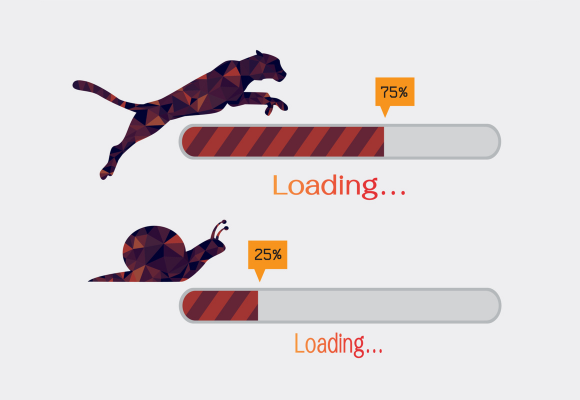November 06, 2023
Scalable web development is the key to ensuring that your online presence can expand smoothly as your company flourishes. Read on to learn more about how to build your website in a way that sets the foundation for your continued success. You’ll want to be able to handle it when it comes!
What Is Scalable Web Development?
Scalable web development is all about future-proofing your website. It means creating a digital presence that can handle increased traffic, new features, and growing data without major disruptions. The goal is to build a website that won't break a sweat when your business takes off. In other words, it needs to be able to handle increased traffic over time, which is what most brands are shooting for.
Planning for Scalability
The first step in scalable web development is proper planning. You need to anticipate growth and plan for it from the beginning! We should all start betting on our own success a bit more often.
Start by defining your website's goals and the audience you want to reach. Then, think about how your website might need to evolve as your business expands. By identifying potential scalability issues early, you can save time and resources down the road. Be optimistic about where you’re headed, and you’ll be prepared when you succeed!
Choosing the Right Technologies and Frameworks

Your choice of technologies and frameworks plays a critical role in scalability. Opt for well-established tools and platforms that have a proven track record for handling increased traffic and data. If you’re not the most well-versed on this subject, you might want to consult a professional to help you build the foundations of your site.
Popular content management systems like WordPress and Umbraco, as well as e-commerce platforms like Shopify offer scalability features that can make your life easier as your business grows. Do some research online to find out which content management system suits your business needs most.
Scalable Architecture and Database Design
Website architecture and database design are the building blocks of scalability. Consider keeping your website's architecture modular, making it easier to add new features or components as needed.
When designing your database, consider how it will handle a larger volume of data in the future. Proper indexing, caching, and data sharding can make a big difference in performance as your website scales. Again, consulting a professional here may come in handy.
Load Testing and Performance Optimization

Before going live, it's essential to conduct load testing to see how your website performs under heavy traffic. Identify bottlenecks and performance issues and address them proactively. You’ll thank yourself later on.
Performance optimization tends to be an ongoing process. Regularly monitor your website's speed and make improvements as needed. Faster-loading pages not only provide a better user experience but also improve your search engine rankings.
Scalable Content Management Systems (CMS)
If your website relies on a content management system (CMS), choose one that can scale seamlessly. As your business grows, you'll likely need to add more content and features. A robust CMS allows you to manage and update your website efficiently. WordPress, for example, offers a wide range of plugins and themes that can extend its functionality and scalability.
Scaling for Mobile and Cross-Platform Compatibility
With the increasing use of smartphones and various devices, mobile and cross-platform compatibility is critical for scalability. Ensure that your website is responsive, meaning it adapts to different screen sizes and devices. This enhances the user experience and improves your website's SEO ranking, as search engines prioritize mobile-friendly websites.
Monitoring and Ongoing Scalability
The main principles of scalability require continuous monitoring and improvement. Implement monitoring tools that track website performance, user behavior, and potential issues. Regularly review your website's analytics to understand how it's performing and identify areas for growth. Stay informed about industry trends and emerging technologies to stay ahead of the curve.
Looking to the Future
It’s worth investing the time and resources into building a website that can expand seamlessly as your business reaches new heights. Your website is your digital storefront, and by making it scalable, you're setting the stage for long-term success. Don’t be afraid to dream big!


